Your Brain on Books: More Than a Hobby, It’s a Full Mind Upgrade
I’ve spent the better part of my life around the written word, first as a teacher and now as someone who helps pros get their ideas across clearly. And through all of it, one thing has become crystal clear: reading consistently is one of the most powerful and underrated tools for growth out there. I’m not just talking about the cozy feeling of getting lost in a good story. I mean the real, measurable changes I’ve seen in how people think, talk, and connect with the world.
In this article
I remember this one guy, a brilliant software developer who was a wizard with code but would clam up in meetings. His technical reports were perfect, but managers couldn’t make heads or tails of them. He was frustrated and, honestly, a bit stuck. So, we tried something different. Instead of another boring communication workshop, I suggested he read for 30 minutes a day—but about anything except software. He got into biographies of famous scientists and histories of big tech companies.
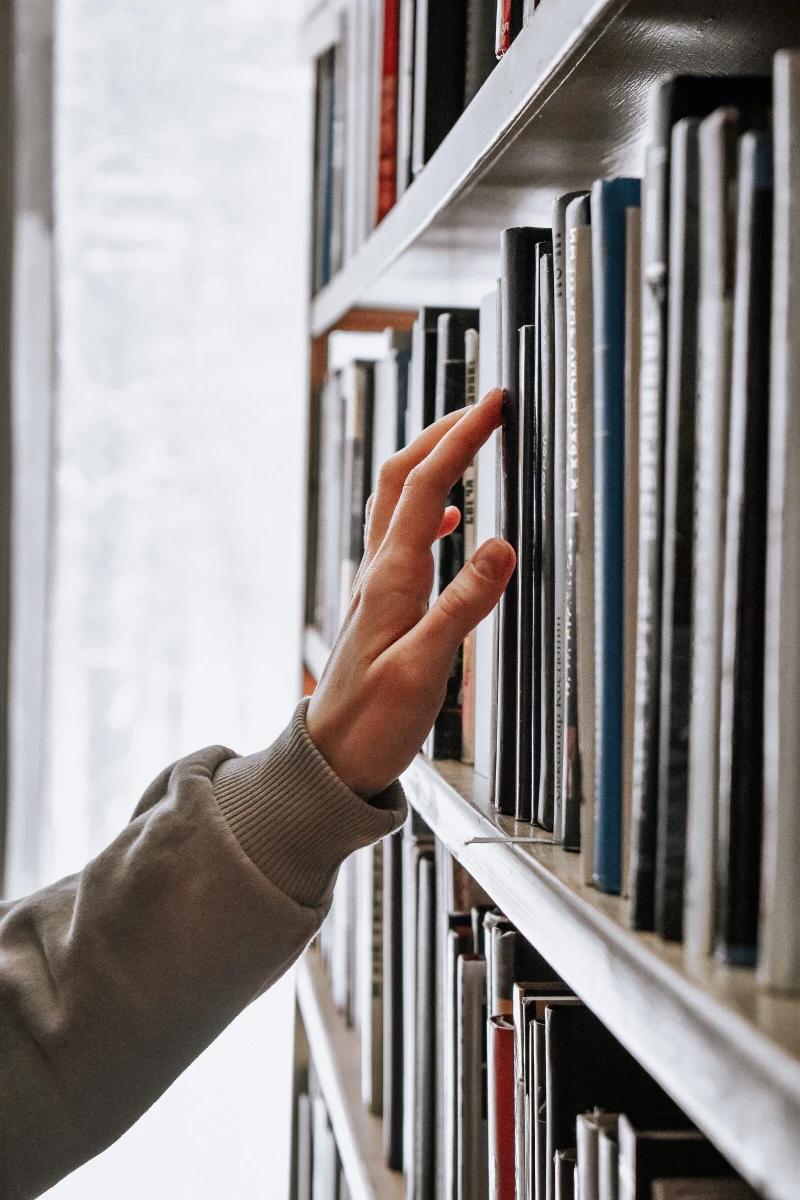
The change over the next six months was wild. He started using analogies to explain tough concepts. His emails suddenly made sense to everyone. He spoke up in meetings with more confidence because he had this wider pool of knowledge to pull from. He wasn’t just a better communicator; he was a more flexible thinker. That experience, and so many others like it, proved it to me. Reading isn’t passive. It’s an active workout for your mind and your emotions.
The Brain Science (Without the Boring Bits)
So, what’s actually happening in your head when you crack open a book? It’s pretty incredible. It’s not just one part of your brain lighting up; it’s a whole network firing in perfect harmony. Your visual cortex processes the shapes of the letters, language centers in your brain decode them into meaning, and then your frontal lobes get to work, helping you understand context and connect what you’re reading to your own life. It’s a full-on neurological gym session.

The key concept here is neuroplasticity—your brain’s amazing ability to rewire itself. Think of it like building muscle. The more you work out a specific mental muscle, the stronger and more efficient it gets. Every page you read strengthens the neural pathways for language, memory, and critical thinking. Over time, this literally beefs up the white matter in your brain, which is like the super-fast fiber optic cable connecting all the different regions. This isn’t just a cool metaphor; it’s a physiological fact.
This directly contributes to something called “cognitive reserve.” Basically, it’s your brain’s rainy-day fund, its ability to handle the wear and tear that comes with age. Major studies have shown that people who engage in mentally challenging activities like reading throughout their lives have a much slower rate of memory decline. Their brains build such a robust network that even if there’s some damage, the brain can just find a different route to get the job done. Reading is a direct investment in your future mental independence.
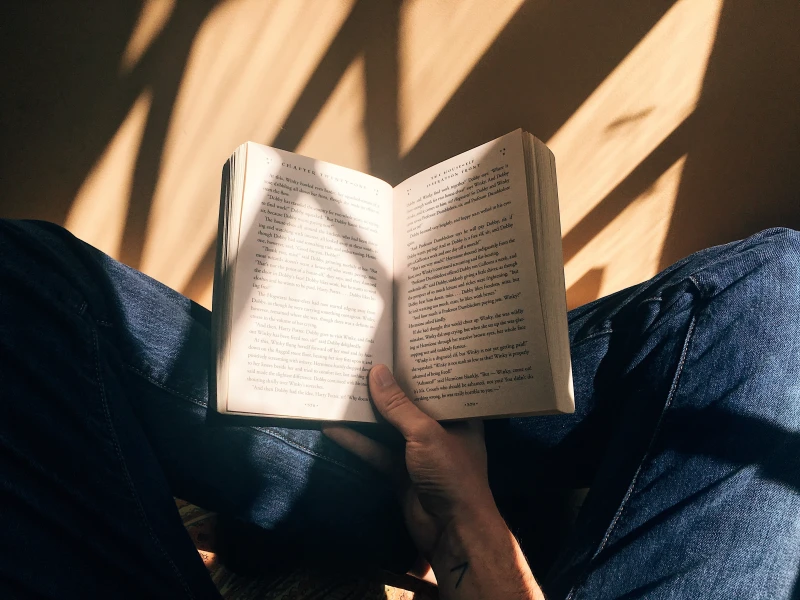
Oh, and get this: when you read fiction, your brain doesn’t just process the words. If you read a vivid description of a character running through a pine forest, the sensory and motor parts of your brain light up as if you were the one running. Your brain might even call up the smell of pine. You’re not just watching the movie; you’re in it. This simulation makes the story stick with you and seriously boosts your own ability to visualize and create.
Finding Your Perfect Reading Style: Books, Screens, and Audio
Let’s get real for a second. The “best” way to read is the one you’ll actually do. We have more options than ever, so let’s break them down.
- Physical Books: There’s something special about the feel and smell of a paper book. It’s a completely offline, focused experience. They can be pricey if you buy new (often $15-$30 for a hardcover), but they’re perfect for creating a relaxing, screen-free ritual. For me, this is the gold standard for unwinding before bed.
- E-Readers: I’m talking about devices with e-ink screens, like a Kindle Paperwhite or a Kobo. These are brilliant because they aren’t backlit with that harsh blue light you get from a phone or tablet, so they won’t mess with your sleep. They’re super portable, you can adjust the font size, and e-books are often cheaper, maybe $9-$15.
- Audiobooks: Let’s clear this up: listening to an audiobook is absolutely a valid form of reading. While it doesn’t engage the visual cortex in the same way, it still fires up the language processing and comprehension parts of your brain. You get all the benefits of story, vocabulary, and empathy. Audiobooks are a game-changer for people who are always on the move—perfect for your commute, a workout, or doing chores. Plus, for people with dyslexia or ADHD, they can be a much more accessible way to dive into a great story.
A quick tip on cost: your reading habit doesn’t have to break the bank! Check out free apps like Libby or Overdrive, which connect to your local library card and let you borrow e-books and audiobooks for free. Subscription services like Kindle Unlimited or Scribd also give you access to a massive library for a flat monthly fee, usually around $10-$12.

Beyond Just Words: Boosting Communication and Empathy
We all know reading grows your vocabulary, but it’s way cooler than just memorizing dictionary definitions. You learn words in context. When you stumble upon a new word in a good sentence, your brain figures it out from the clues around it. The more you see that word in different situations, the deeper your understanding gets. This is how a word goes from your “passive” vocabulary (words you recognize) to your “active” vocabulary (words you actually use).
Here’s a little trick to speed that up. I call it the “three-encounter rule.” Keep a note on your phone. The first time you see a cool new word, jot it down. The second time you see it, put a checkmark next to it. By the third time, that word is starting to feel familiar. That’s your cue: try to use it in a text, an email, or a conversation that day. It feels a little weird at first, but it’s the fastest way to make new words your own.

But it’s not just about single words. Reading exposes you to a million different ways to structure a sentence, build an argument, or tell a compelling story. You start to internalize these patterns without even realizing it. This is how you develop a natural sense of flow and clarity in your own writing and speaking.
This flows right into empathy, which might be reading’s greatest superpower. When you get lost in a good work of literary fiction, you’re essentially living inside someone else’s head. You get to see their motivations, their flaws, and their secret hopes. Psychologists call this practicing “Theory of Mind”—the ability to understand that other people have their own unique inner worlds. To really build this muscle, try picking up a sweeping, multi-generational novel about a family navigating life in a new country. Or read a story told from a perspective completely alien to your own. It replaces intellectual understanding with a much deeper, emotional connection.
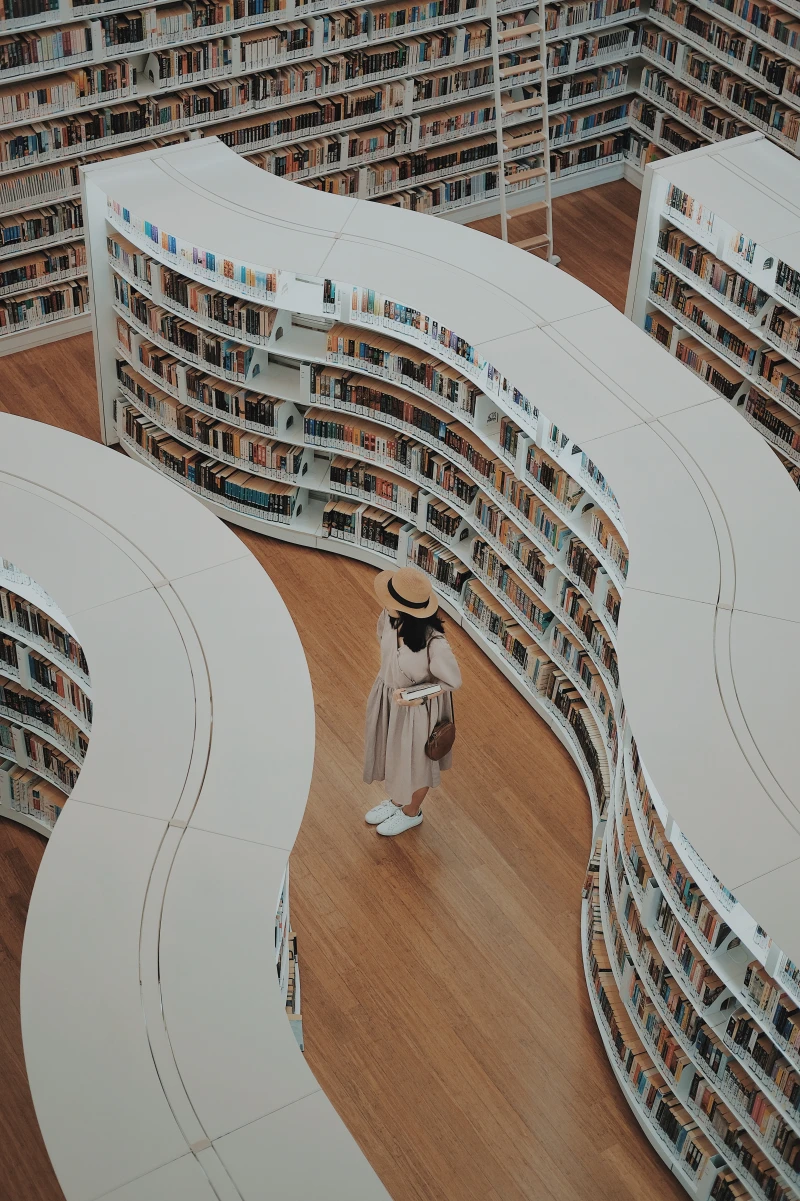
How to Actually Build a Reading Habit That Sticks
Alright, so you’re sold on the benefits. But how do you fit it into a life that’s already jam-packed? The secret is to start small and make it feel like a win.
First, forget about reading for an hour a day. That’s way too intimidating. Try the Five-Page Rule instead. Commit to reading just five pages. That’s it. Anyone can find the time for five pages. More often than not, you’ll get hooked and read more, but even if you don’t, you hit your goal. Boom. Success.
Next, abandon the idea that you have to finish every book you start. That’s a surefire way to kill your motivation. Practice “book tasting.” Go to a library or browse online and pick three books that look interesting. Read the first 20 pages of each. Which one pulls you in the most? Go with that one. Life’s too short to read books you don’t enjoy.
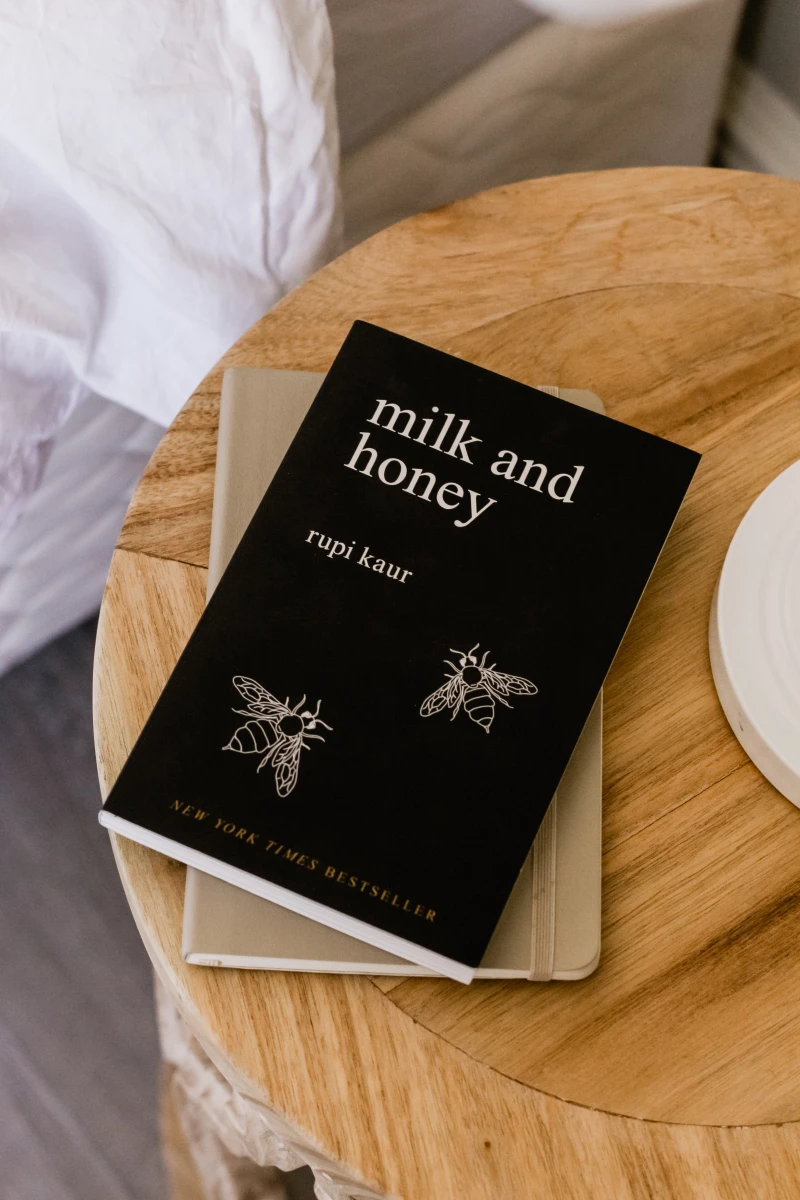
For a little extra push, try this 7-Day Reading Kickstart Challenge:
- Day 1: Read just 5 pages of anything.
- Day 2: Find your local library’s website and sign up for their free e-book app (like Libby).
- Day 3: “Book taste” three different titles on an app or at a bookstore. Pick a winner.
- Day 4: Find 15 minutes during your lunch break or commute to read.
- Day 5: Read for 20 minutes before bed. Try using an e-ink reader or a physical book.
- Day 6: Tell a friend about the book you’re reading.
- Day 7: Read for pleasure, for as long as you feel like it. No pressure.
Be patient with yourself. Building a habit takes time. Some days you’ll forget, and that’s okay. Just pick it up the next day. And by the way, speed doesn’t matter. Reading slowly often means you’re more immersed, and that’s the whole point!
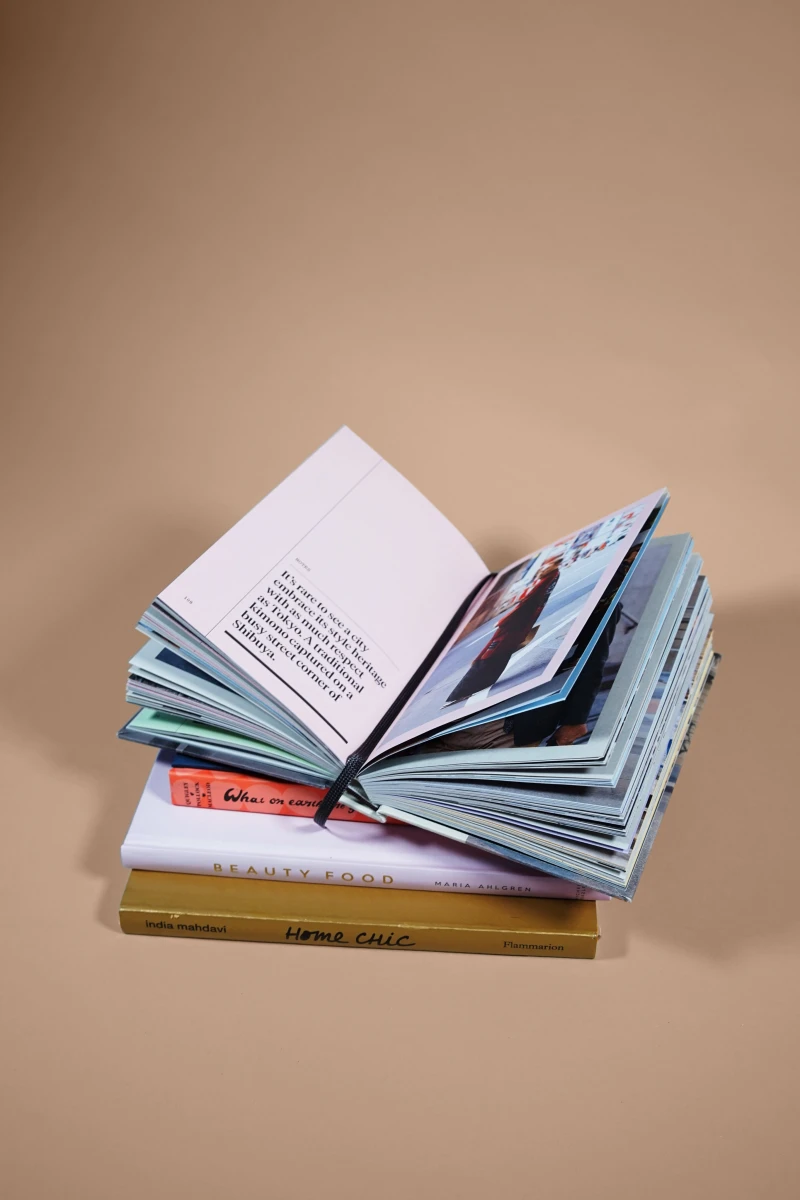
A Few Final Pro-Tips for Healthy Reading
Reading is overwhelmingly good for you, but it’s worth keeping a few things in mind to make it a truly healthy, long-term practice.
First, your body. If you’re reading for a while, remember the 20-20-20 rule to avoid eye strain: every 20 minutes, look at something 20 feet away for 20 seconds. And please, use good light! Hunching over in a dim room is a recipe for headaches and a sore neck. Prop yourself up with pillows.
Second, your mind. The type of book matters. If your goal is to relax before sleep, maybe save that intense psychological thriller or stressful news deep-dive for another time. And while reading is a fantastic tool for managing everyday stress, it’s not a substitute for professional help. If you’re really struggling, please reach out to a qualified therapist.
Finally, be a critical reader, especially with non-fiction. Just because it’s in a book doesn’t make it gospel. Check your sources, especially for health or financial advice. Building a habit of thoughtful reading is just as important as the reading itself. It ensures that the knowledge you’re building is on a solid foundation.
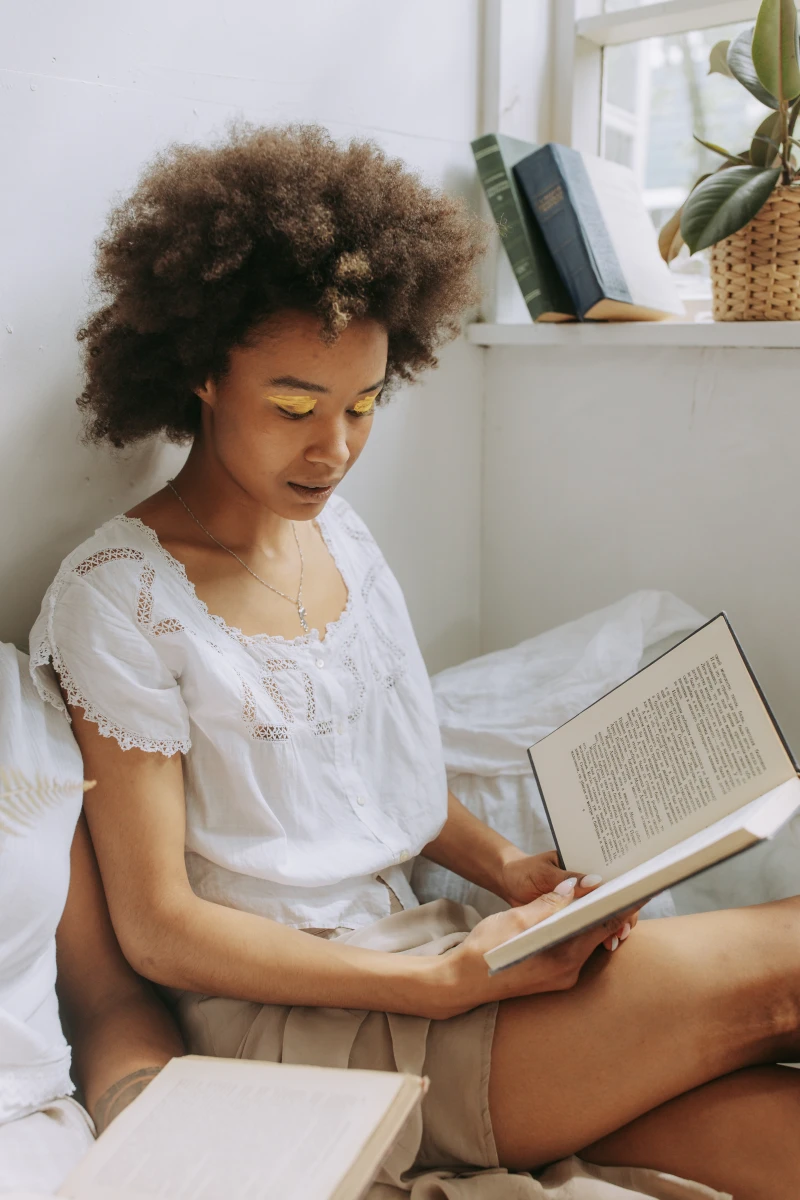
Inspiration:
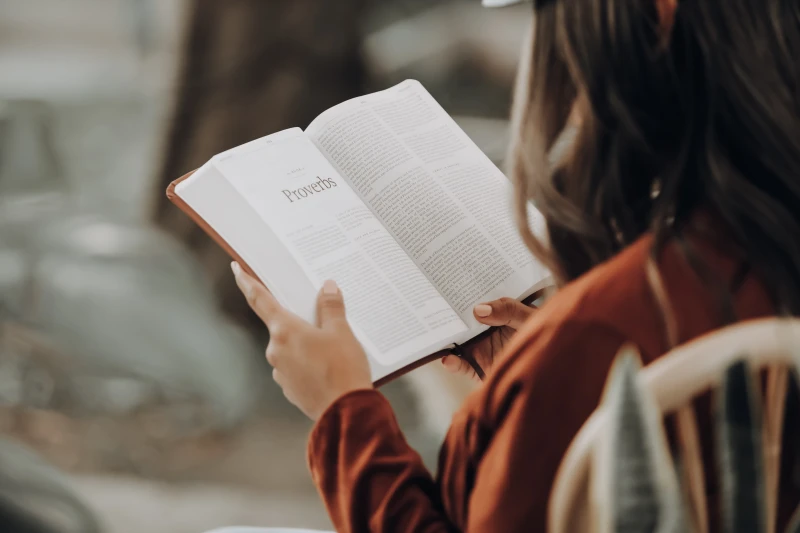
Fiction or non-fiction for the best mental workout?
The case for fiction: Getting lost in a novel, whether it’s a complex narrative like Hanya Yanagihara’s










